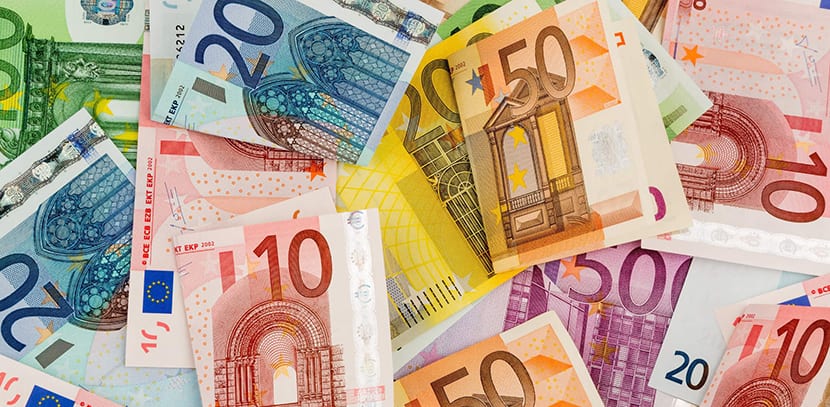
There are many countries and therefore many currencies. Even though today some European countries share the euro as a currency and the lira, the mark or the peseta are already part of history, the number of different currencies is still numerous.
And each coin, in turn, has a set of legal tender bills and coins. I have thought about it for a long time and to write this post of world banknotes I have wondered which selection criteria to use, and I have decided on the currencies that are most used for international trade: el American dollar, euro, yen and pound sterling. Let's know your tickets!
The bills
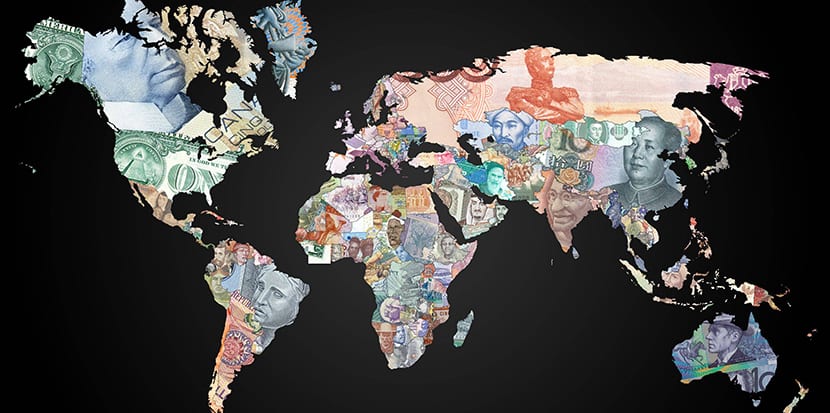
We know that the Romans and Greeks used coins, but when did the money appear on paper? According to specialists, money on paper appeared in ancient China in the XNUMXth century y in Europe around the seventeenth century, in Sweden. It seems that they arrived in Spain at the end of the XNUMXth century.
The truth is that paper money became popular quickly because it was easy to transport and very light, although as we well know they never completely supplanted coins, but ended up living with them.
The oldest currency in the world still in legal use is the British pound and it is also the fourth most used currency in international trade after the US dollar, the euro and the Japanese yen. So let's talk about the English pound first.
The pound sterling
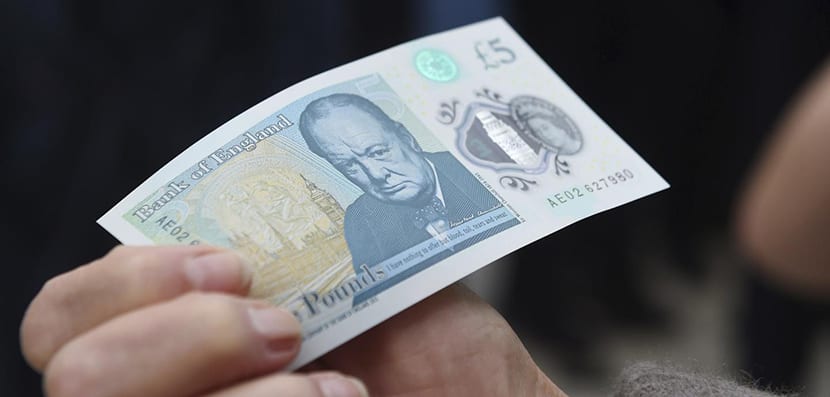
His origins They date back to the time of Roman occupation. In fact, the word pound derives from latin poundus, weight. The first king of England adopted the British pound as the first national currency. Back then a pound could buy about 15 cows so it was a lot of money.
The first banknotes were issued by the Bank of England and were papers handwritten. By 1785 they were already printed with different denominations. Today there are several series of banknotes in circulation and four values: 5, 10, 20 and 50 pounds sterling.
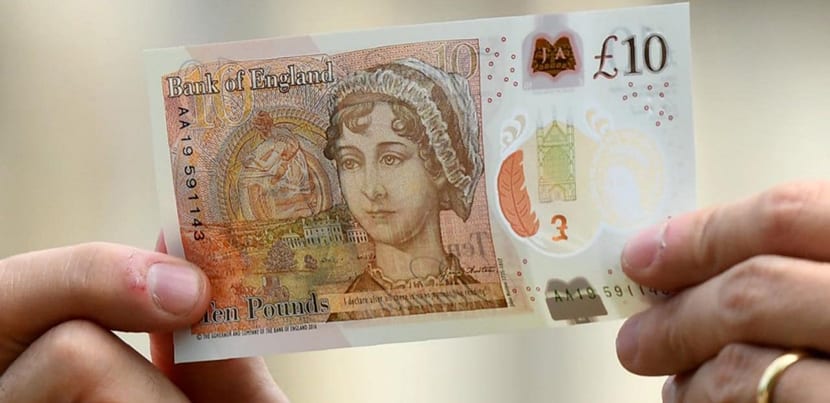
The 5 pound banknotes They are made of polymers in turquoise and blue and bear the portrait of Churchill, Blenheim Palace and Elizabeth Tower, plus an excerpt from the 1940 Prime Minister's speech. It is the first printed on polymer and went into circulation in 2016.
The 10 pound banknotes they are also from polymers and they are orange. They carry a portrait of Jane Austen (author of Pride and Prejudice), and an excerpt from this novel with an illustration of its protagonist and a beautiful view of Godmershan Park, a mansion in Kent. It used to carry Darwin but was out of circulation early last year.
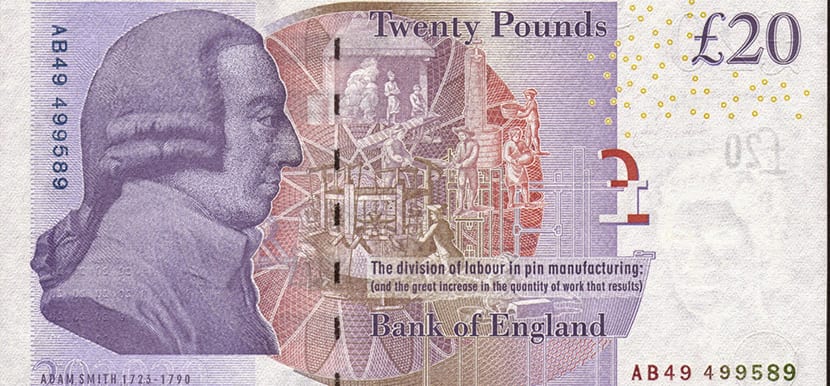
The 20 pound bills consist of use and purple. They bear the portrait of Adam Smith (the first Scottish to appear on an English banknote), and will be supplanted next year by a polymer with JMW Turner. For his part, 50 pound note It is also made of paper, red in color, and carries geniuses of steam technology, Boulton and James Watt.
Since 1945 there have been no bills greater than 50 pounds.
The U.S. dollar
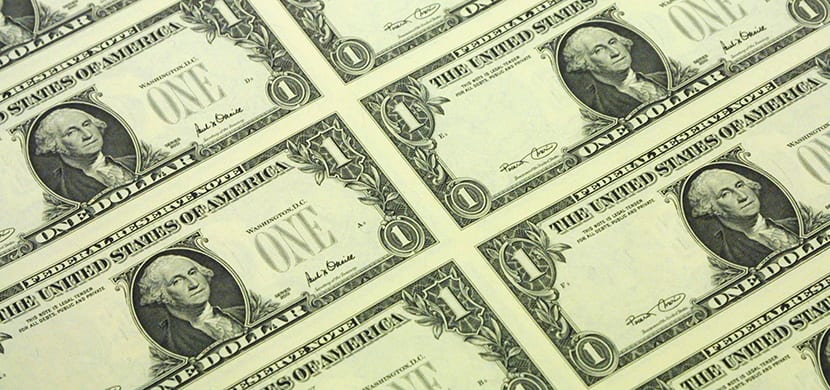
The United States Congress created the dollar in 1792. The term, dollar derives from the Saxon word thaler, a widely used European silver coin. Today it is one of the strongest currencies in the world, it is printed like candy, it is not subject to the dollar standard more than forty years ago and there is a strong attempt by countries like Russia and China to remove it from its throne for international commercial exchanges .
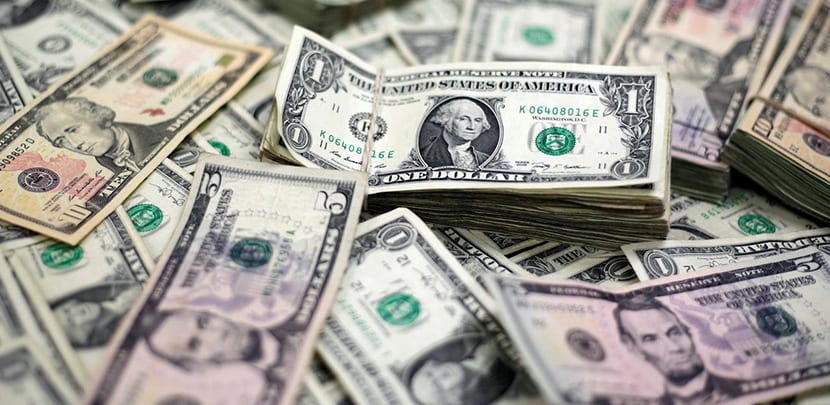
The banknotes in circulation are 1, 2, 5, 10, 20, 50 and 100 dollars. The dollar bills they carry the portrait of George Washington and they are widely circulated. The custom of wearing a dollar as a lucky charm is even popular. The two dollar bills lead to Thomas Jefferson and there are not so many in circulation.
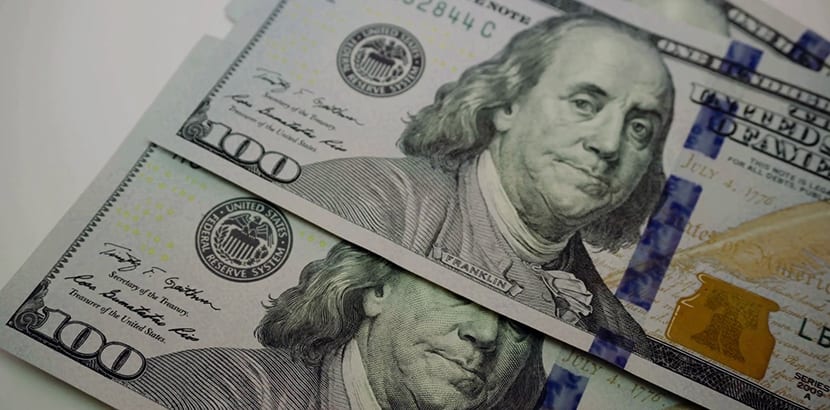
The five dollar bills lead to Lincoln on one side and on the other the Lincoln Memorial. The ten dollar bills have to Alexander Hamilton and those of U.S. dollar 20 a Andrew Jackson. For their part 50 dollar bills have to Grant and finally the 100 dollar bills lead to Benjamin Franklin.
Since 1946, banknotes over 100 dollars have not been printed.
The euro
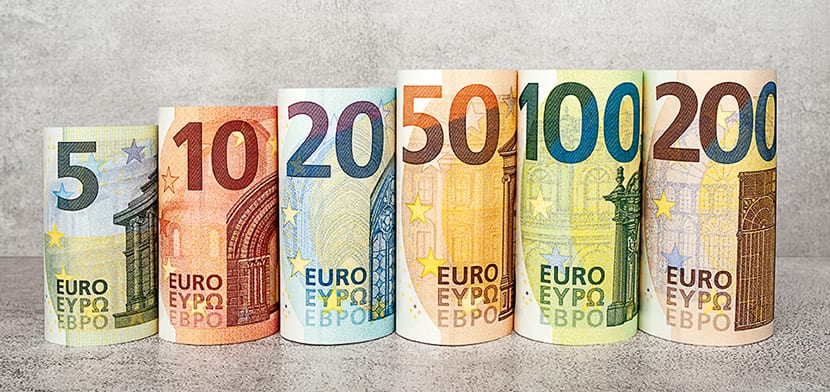
The euro exists since 1993 when the Treaty of the European Union came into force creating an economic and monetary union precisely. The countries that are part of the treaty have to fulfill certain conditions and since then many countries that had not originally signed it have been integrated.
In 1999, several independent monetary systems ceased to exist of those eleven original members of the EU, including Germany, Spain, France, Ireland, Italy. However, the introduction of the euro took a couple of years until the new banknotes and coins were made. A) Yes, entered into circulation in 2002 worth a few cents less than the US dollar.
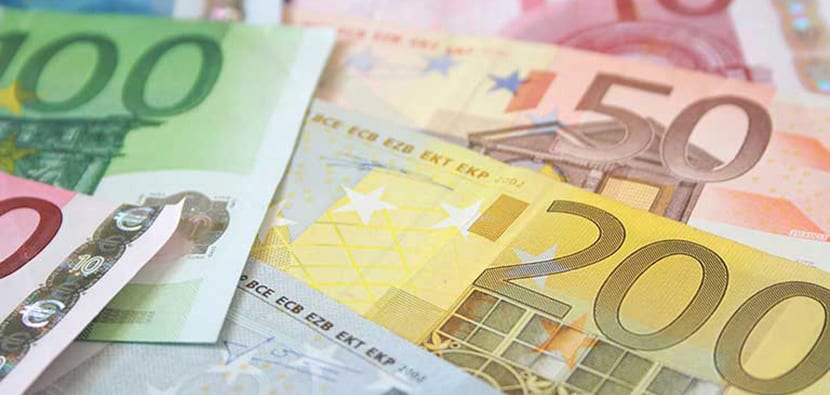
Euro notes have the following denominations: 5, 10, 20, 50, 100 and 500 euros. Unlike EU currencies have a unique design and they are printed in various states. are made with pure cotton and they have various colors and security measures that make it difficult to counterfeit them. While the coins have a national side, the origin of the banknotes is identified with the first letter of the serial number.
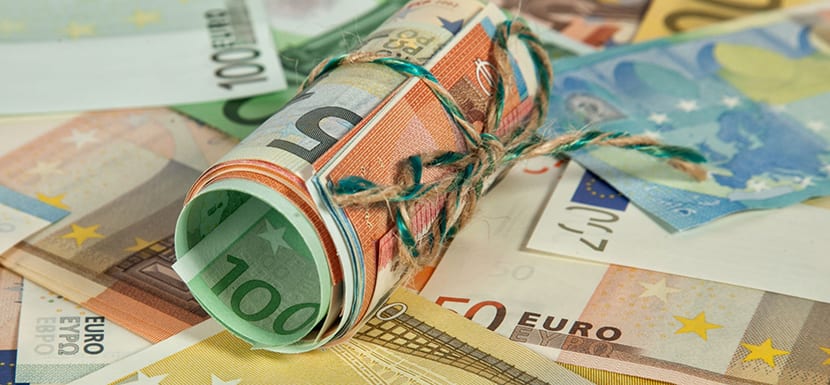
El five euro bill is the smallest, is Gray and has a drawing of classical architecture. Bill 10 euros bill it's a little bigger, it's Red and the drawing is of romanesque architecture. That of $20 it's bigger still, colored azul, and with the drawing of Gothic architecture.
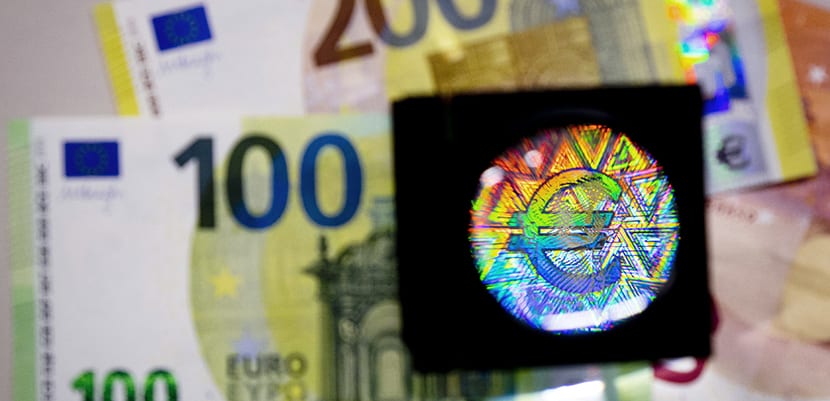
El 50 euros bill measures 140mm by 77mm, is colored orange and the architecture here is Renaissance. Bill 100 euros bill is bigger, of green and with a drawing of baroque and rococo architecture. Finally, that of $200 is even bigger, 153 by 82 mm, yellow and with a design modernist and of $500 measures 160 by 82 mm, it is violet and the drawing is of modern architecture.
Beyond the drawings of different architectural styles, there are drawings that refer to the outermost regions of the EU such as Guadeloupe, Azores or the Canary Islands, for example.
The Japanese yen
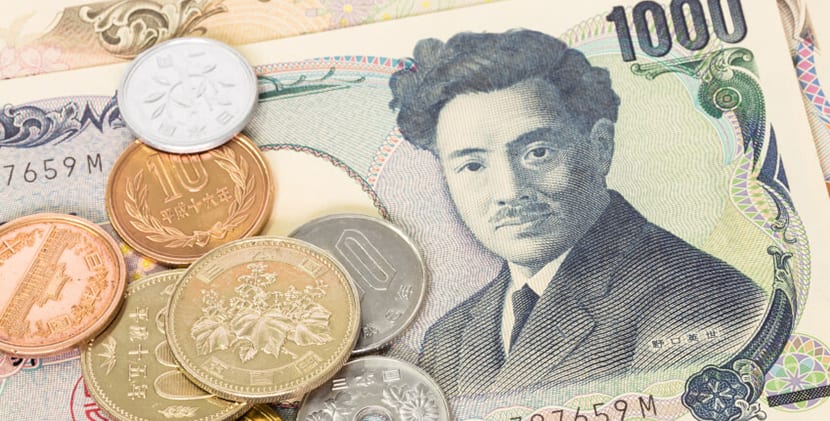
Its origin dates back to the modernization period of Japan in the Meiji era, following the European example. Thus, the country abandoned the medieval currency, the hansatsu, yen 1871 it adopted the yen. Two years later the banknotes appeared, currently with three denominations since Japan is a country where coins are widely and popularly circulated.

El 1000 yen bill It is blue in color and bears the portrait of Hideo Noguchi, Mount Fuji, Lake Mototsu, and cherry blossoms. The 5000 yen bill It is a bit bigger, purple in color and with the portrait of Ichiyo Higuchi and a classic painting; and the 10.000 yen bill It is brown, 160 by 76 mm, and has the portrait of Fukuzawa Yukichi and a Buddhist phoenix.
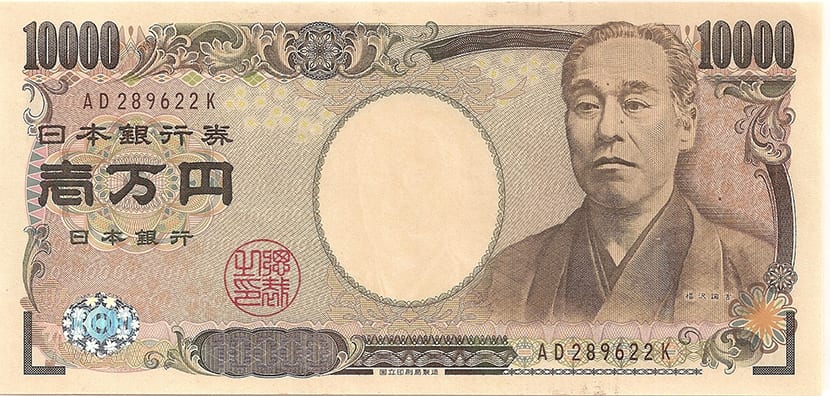
The Japanese government intervenes a lot in the value of its currency which in general is determined by foreign trade and supply and demand. Currently, it is enough to take two figures to bring it to the dollar. It is true that Japanese society is managed mostly with cash, but I, who have traveled the last three years, must say that nowadays credit and debit cards are very, very accepted to pay for everything.